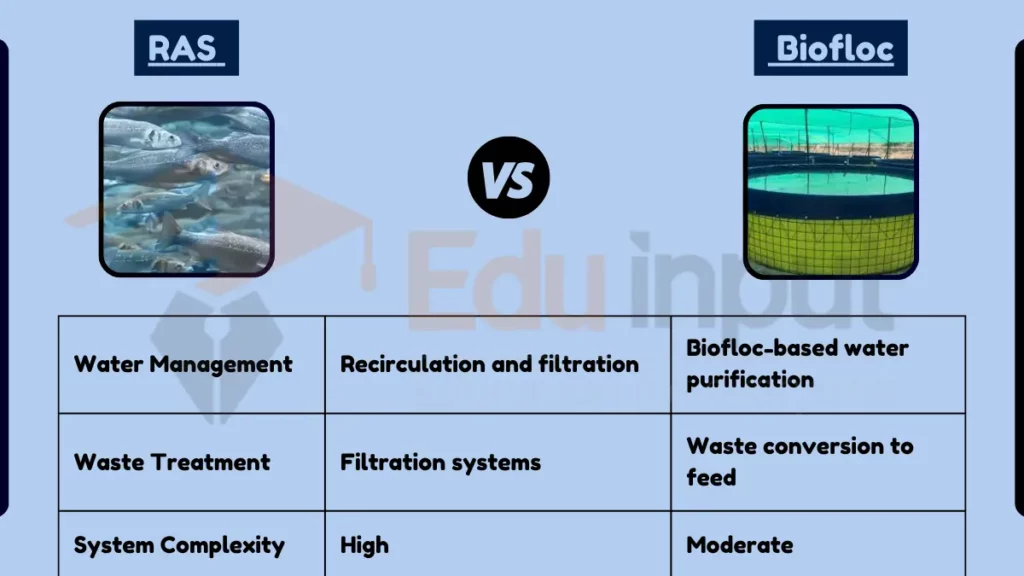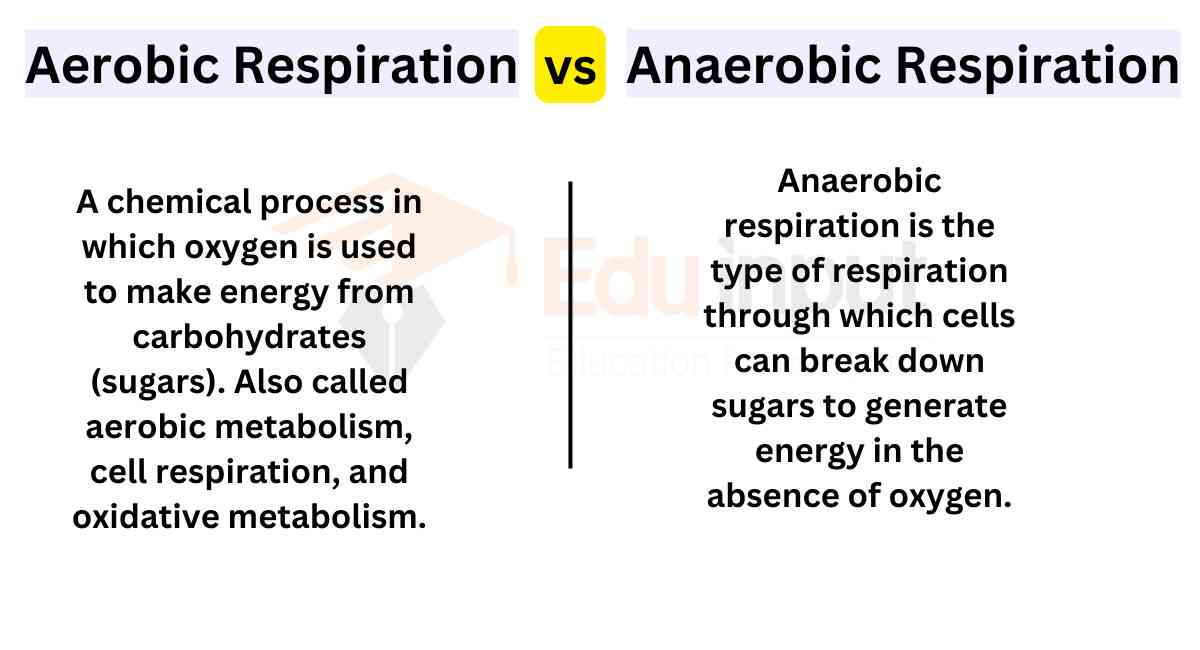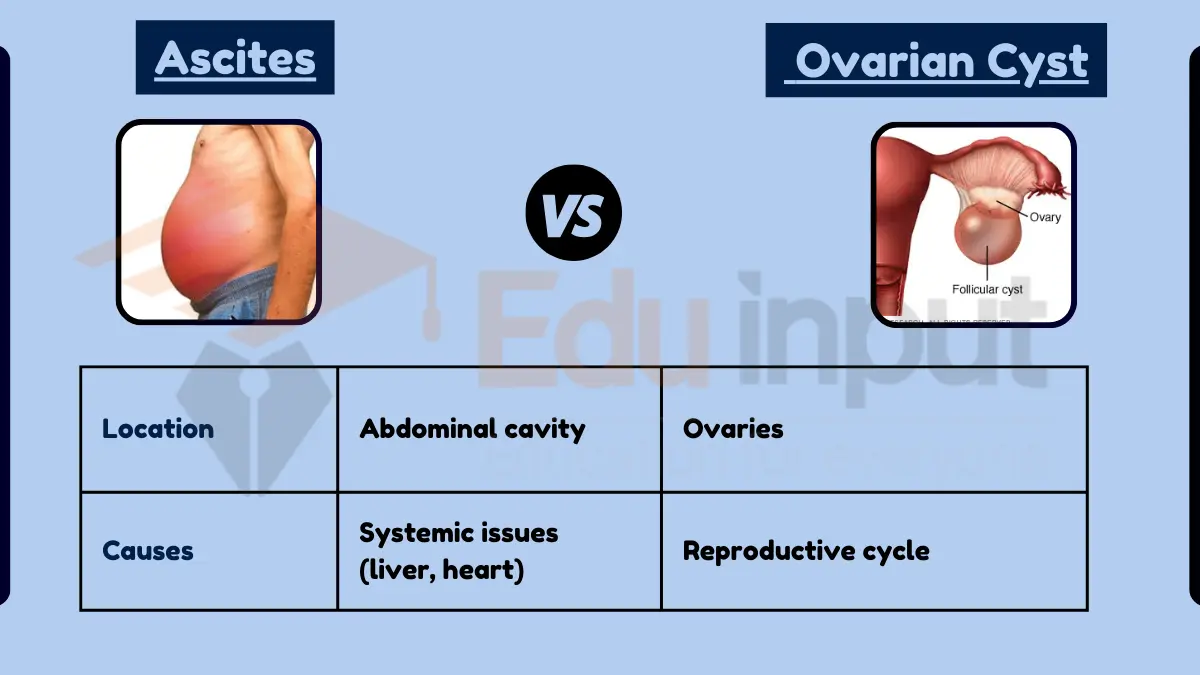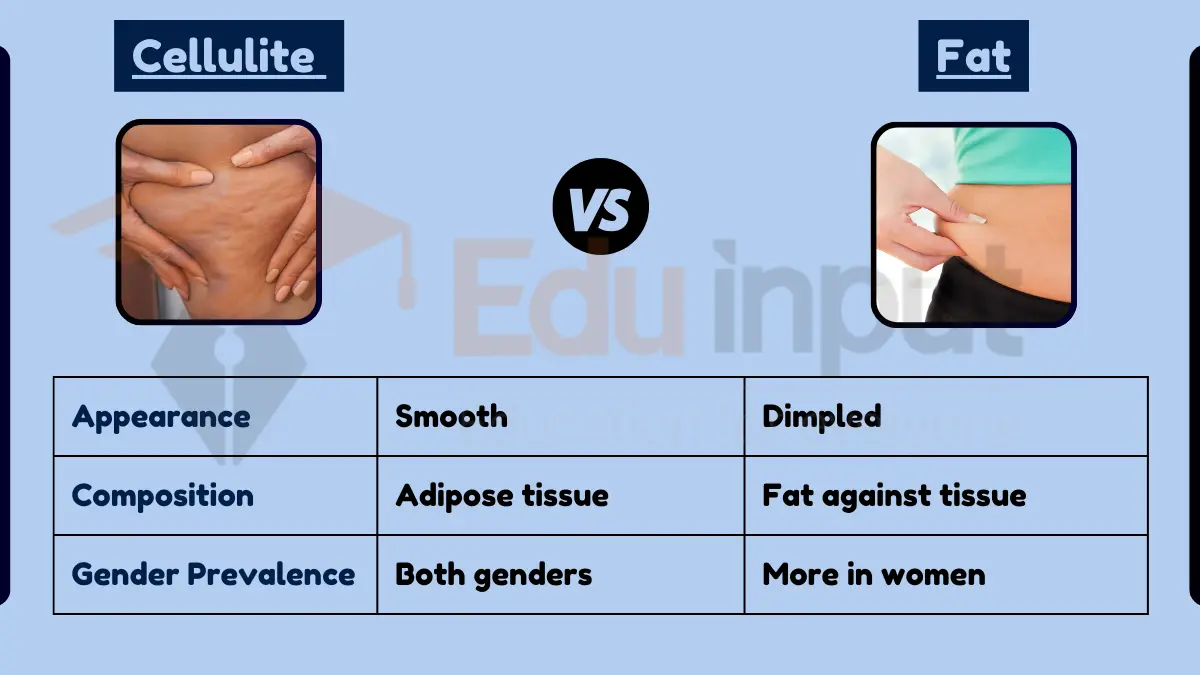Difference Between RAS and Biofloc
Key Difference
Recirculating Aquaculture Systems (RAS) and Biofloc Technology are both methods used in aquaculture, but they differ in their mechanisms and approaches to fish farming. RAS is a system where water is filtered and recycled within the fish tanks, focusing on maintaining a controlled environment. Biofloc Technology, on the other hand, is a method that utilizes microbial communities (bioflocs) to convert waste products into feed, enhancing water quality and sustainability.

Comparative Analysis
- Water Management:
- RAS: Recirculates and filters water.
- Biofloc: Uses bioflocs to improve water quality.
- Waste Treatment:
- RAS: Mechanical and biological filtration systems.
- Biofloc: Converts waste into feed through microbial action.
- System Complexity:
- RAS: Technologically advanced, requiring significant investment.
- Biofloc: Simpler, more sustainable.
- Cost Implication:
- RAS: Higher initial and operational costs.
- Biofloc: Lower cost, less resource-intensive.
- Suitability:
- RAS: Ideal for intensive farming and controlled environments.
- Biofloc: Suitable for sustainable, eco-friendly farming.
Table Summary
| Feature | RAS (Recirculating Aquaculture Systems) | Biofloc Technology |
|---|---|---|
| Water Management | Recirculation and filtration | Biofloc-based water purification |
| Waste Treatment | Filtration systems | Waste conversion to feed |
| System Complexity | High | Moderate |
| Cost | Higher | Lower |
| Suitability | Intensive farming | Sustainable farming |
RAS and Biofloc Technology offer different approaches to aquaculture, with RAS focusing on recirculation and controlled environments, while Biofloc emphasizes sustainability and waste-to-feed conversion.







Leave a Reply